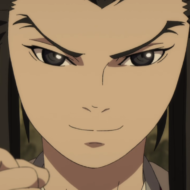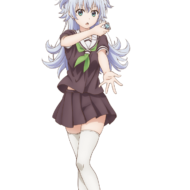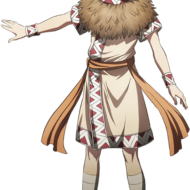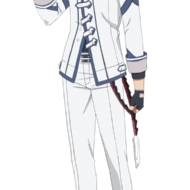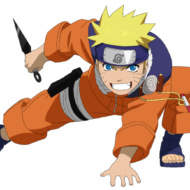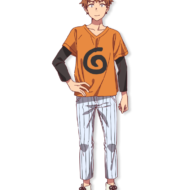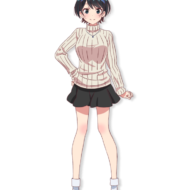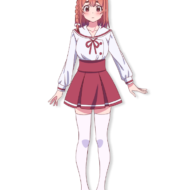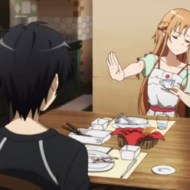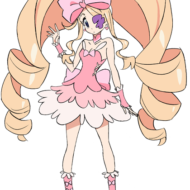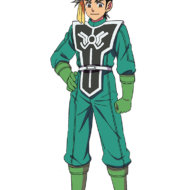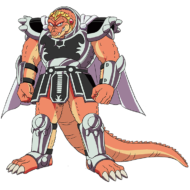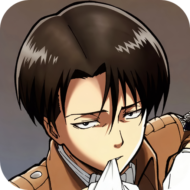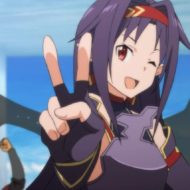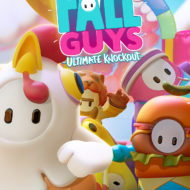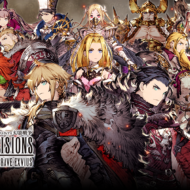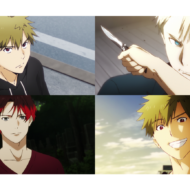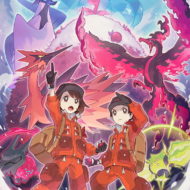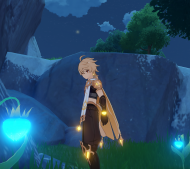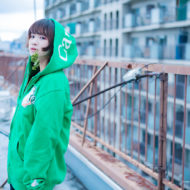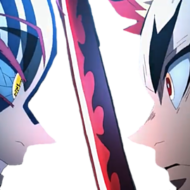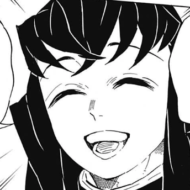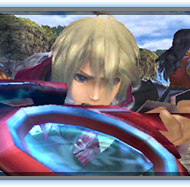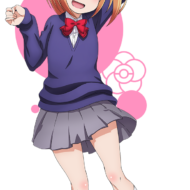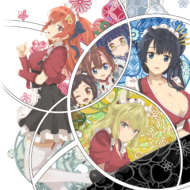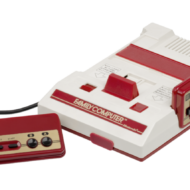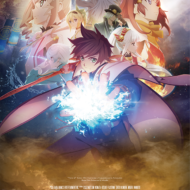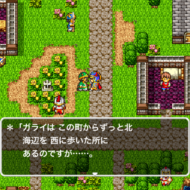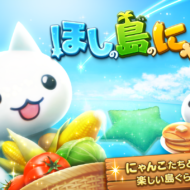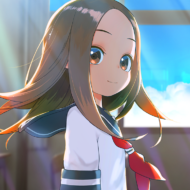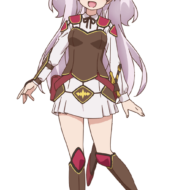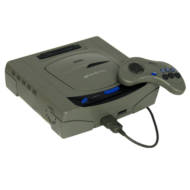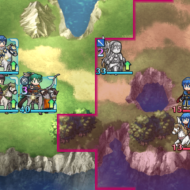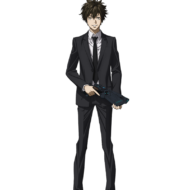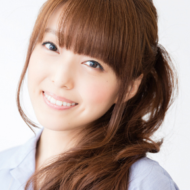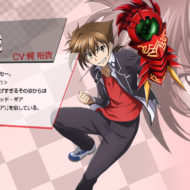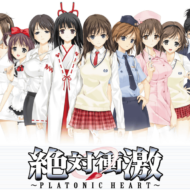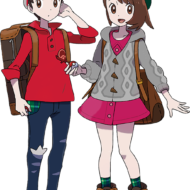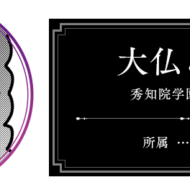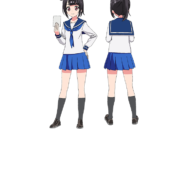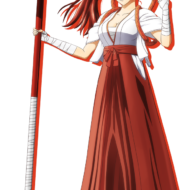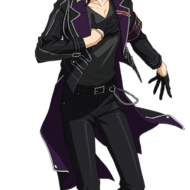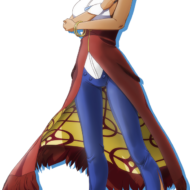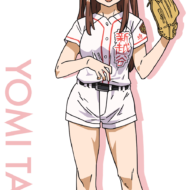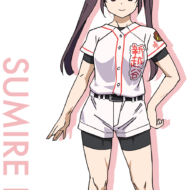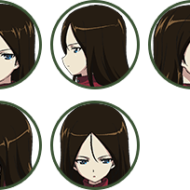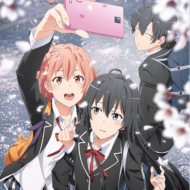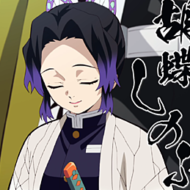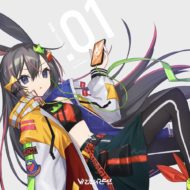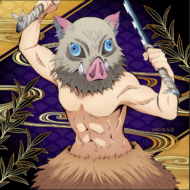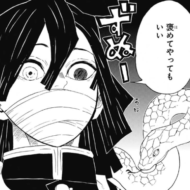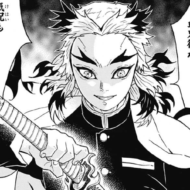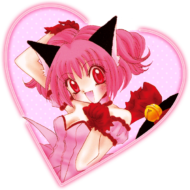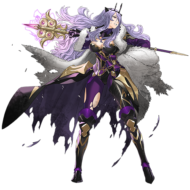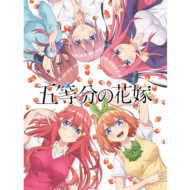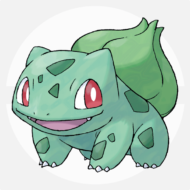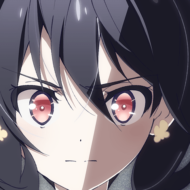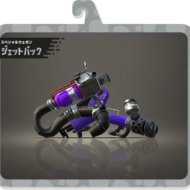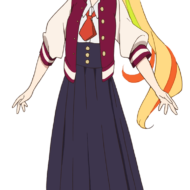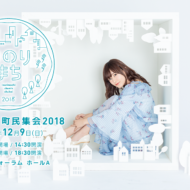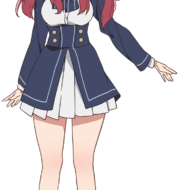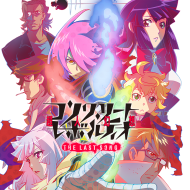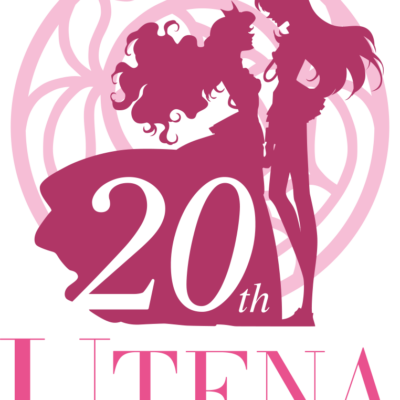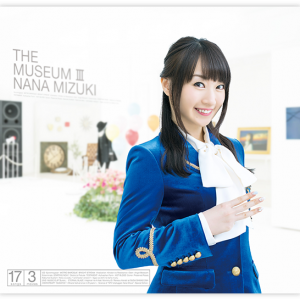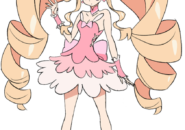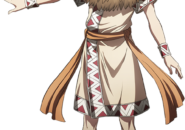出典 : Amazon.co.jp
This is a summary of the history of the movie Doraemon, the 40th film to be released in 2020, the response to the movie, the ratings and performance of each film since its release, and the popularity of the fans!
On top of that, we’re going to take an in-depth look at which of the films are really the best!
Until the Birth of Doraemon the Movie
出典 : Amazon.co.jp
Doraemon, which was serialized in 1969 by Fujiko F. Fujio, was initially published in a number of Shogakukan education magazines such as “Good Girl”, “Kindergarten” and “Grades 1-6”.
At the time, each of these magazines boasted a circulation of several hundred thousand copies, and Doraemon continued to appear in those magazines and gained a certain level of popularity among children.
In 1973, Doraemon was made into an animated television series in prime time on Nippon Television.
However, the truth is that at the time, no book of Doraemon was released (the first volume was released on July 31, 1974), and the manga was only available in the magazines listed above.
Even though the manga was published in several magazines, it was quite an unusual thing to make an anime of a manga that had not been published in book form, and it seems that the reason behind this was the success of “Obake no Q-taro”.
This Oba Q was the first hit under the name Fujiko Fujio, and the anime aired in the 1960s recorded the highest viewership rating of 36.7%.
In 1971-72, the sequel “New Obake’s Q Taro” was aired on Nippon Television Network and marked high viewership ratings, and Doraemon seems to have been broadcasted as the successor of this new ObaQ.
However, compared to ObaQ, Doraemon at that time was still not as well known as ObaQ.
Due to the fact that there was an anime “Mazinger Z” that had high viewer ratings and was aimed at children, the average viewer rating was 6.6%, and the broadcast ended in half a year without ever getting over 10%.
Nowadays, it is not unusual for a show to be aired for two months, but at that time, it was customary for a primetime anime to last for several years if it was well received, and the end of the show after half a year was practically a cessation.
However, it is said that the biggest reason for this is not only the sluggish ratings, but also the sudden disappearance of the president of NTV Animations, which was producing the animation at the time, and the dissolution of NTV Animations.
In any case, the NTV version of Doraemon was a complete failure, and perhaps because of the customary practice at the time of “folding the original work when the anime is over”, “Goodbye, Doraemon” was published as the final episode in February 1974.
Even so, F-sensei didn’t want to stop working on Doraemon, so he decided to continue the series by drawing other new serialized works at the same time.
The next month, “Doraemon Returns” was published, and the first volume of comics released after that was a huge hit, so he was able to continue the series successfully.
Comics sales remained strong, and by May 1975, when volume 7 was released, circulation exceeded one million copies.
By March 1976, when volume 10 was released, 2 million copies had been sold, and by March 1977, when volume 13 was released, it had reached 5 million copies.
As a result of this strong sales, the monthly Korokoro Comic was launched in April 1977 as a result of searching for a way to provide Doraemon stories that were not included in comics to be read together.
At its peak, Korokoro sold 1.5 million copies and is still one of Japan’s leading children’s magazines, but it was originally conceived as a magazine for Doraemon.
Due to the expansion of the readership through colocolo, the number of copies sold exceeded 10 million by December 1978, when volume 16 was released.
If you look at the average number of copies sold by volume 7, it was 140,000, 200,000, 380,000, 380,000, and 630,000 at volume 13 and 16.
It was probably an unprecedented event for a work that had failed as an anime to show such a dramatic increase in sales.
Then in 1979, Doraemon gained momentum and was re-animated by TV Asahi.
The TV morning version of Doraemon with Oyama Nobuyo and other cast members and Shin-Ei Animation was in charge of production, and the rating of this TV morning version of Doraemon was decent at around 15% right after the start of the broadcast, but it gradually came to exceed 20% and recorded 31.2%, the highest rating in February 1983.
After that, it grew into a national animation that always marked more than 20% for a long period of time.
A movie was also decided to be produced in parallel with the TV anime adaptation.
In the January 1980 issue of Colo-Colo Comic, a serialization of the episode “Nobita’s Dinosaur”, previously published as a short story, was started, with major additions for the film “The Great Doraemon: Nobita’s Dinosaur”.
The Dinosaur of Nobita” was released on March 15, 1980, the first film based on this episode, and it became very popular, which led to the release of a movie every year since then.
Doraemon’s 40 years in the movies
出典 : Amazon.co.jp
The popularity of Doraemon was tremendous at the time, and “Nobita’s Dinosaur” became a huge hit.
Box office receipts were 1.56 billion, which doesn’t look like a big hit by today’s standards, but that’s because the price of watching a movie was lower than it is now.
The film was seen by 3.2 million people, which corresponds to more than 4 billion yen at the present day box office.
The reason why “The Dinosaur” became such a big hit is not only because Doraemon was very popular at the time, but also because of its highly acclaimed content.
In the beginning Doraemon was drawn as a gag manga, but gradually the number of thematic episodes increased, and the short story “Nobita’s Dinosaur” included in volume 10 is a strong reflection of this trend.
The movie version of “Nobita’s Dinosaur” is a dramatic adventure, and at the same time, it is an emotional film that can be enjoyed by adults as well as children, because it depicts the difficulties of coexistence between humans and nature, morality, and friendship that is fostered by traveling with friends without the use of secret tools.
The content of the film spread by word of mouth, and there were quite a few audiences who took their families to the cinema.
The first film also established the promises that were made afterwards, such as “Nobita becomes a little more courageous” and “Gian becomes a reliable man”.
In that sense, it was a highly accomplished film, and its momentum was also reflected in the next film, “The History of Nobita’s Spaceblazer”, which became a smash hit, recording the second highest grossing film of the year.
While “Spaceblazer” was also highly acclaimed, the biggest highlight of the original work, the one-on-one duel between Nobita and Guillermo, was controversially changed.
Although this was not the cause of the controversy, the third and fourth films, “Nobita’s Undersea Demonology” and “Nobita’s Undersea Demonology”, had a declining trend in terms of attendance.
The third film, “Nobita’s Undersea Demons” and the fourth one, “Nobita’s Undersea Demon Castle” are still highly rated masterpieces, but the number of audience dropped to 2.1 million, the lowest record for Doraemon, and it didn’t even make it into the top 10 in the annual ranking.
In order to recover its popularity, the fifth film, “Nobita no Makai Daiboken” is a commemorative 5th anniversary blockbuster and is the first in the series to feature a guest heroine.
The theme song was sung by Kyoko Koizumi, who was a popular idol at the time, and presents were distributed to visitors, resulting in a significant improvement that is still relevant today.
The content of the film was also highly acclaimed, and “Makai Daiboken” has become one of the most representative works of Dora the movie.
Subsequently, “Nobita’s Little Star Wars” (Nobita’s Little Star Wars), whose theme song “Shonen-hood” is still considered a classic, “Nobita and the Steel Troops” (Nobita and the Steel Troops), which was one of the best rated stories of all, “Nobita and the Dragon Knight” (Nobita and the Dragon Knight), which unusually focused on Suneo, and “Nobita’s Journey to the Parallel West” (Nobita’s Parallel Journey to the West), which was never drawn up due to Mr. F’s hospitalization due to health problems, all of which consistently ranked among the top 10 hits of the year.
Then, in 1989, the 10th anniversary film “Nobita’s Birth of Japan” was released with even more vigor than before, and it drew a record-breaking 4.2 million viewers.
Movie dramas continued to be released every year in the 1990s.
Although the number of movie goers gradually declined, it always ranked in the top five of the yearly rankings and continued to be in high demand as one of Japan’s leading series of films.
The 17th film, “Nobita and the Galactic Express,” released in 1996, surpassed its predecessor after a long interval and drew 3.1 million moviegoers.
It proved to be still very popular, but in the midst of writing the next film, “Nobita’s Adventures in the City of Screws”, Mr. F passed away.
Doraemon lost his birth parents, but the film continued to be made after that.
A feature film was made based on the original short story, a completely original story, and many other approaches and innovations were used to produce the film every year, but the number of viewers and box office receipts were sluggish, and with the popularity of foreign films, it became difficult to break into the top ranks for the year.
During this period, TV series’ viewership ratings were no longer at the same level as in the past, and many children’s animations such as “Detective Conan”, “Pokemon”, “Crayon Shinchan”, and “One Piece” had become established in the industry, and the demand for these animations was naturally subdivided according to the trends of the times rather than the content of the works.
The production staff and cast members were getting older, and there was a lot of anxiety among fans as to what would happen to Doraemon in the future.
In the midst of all this, Doraemon reached a major turning point.
It was announced that the voice actors and staff would be renewed and the first season would end after airing until March 2005, and the baton would be passed on to the second season.
The movie also ended with “Nobita no Wanyan-chikiden” (Nobita’s Wanyan: The Story of Time and Space), which was released in 2004, and will be produced and released in 2006 under a new production system.
In the 40-year history of Dora the movie, 2005 was the only year in which the movie was not released.
The first film produced under the new system was a remake of the first film, Nobita’s Dinosaur 2006.
After that, the release of the remakes of the early films and the new ones almost alternated, and by 2019, with the exception of 2005, 39 movie dramas were made almost every year.


